A note to our clients regarding improvements made by the American Rescue Plan Act (ARPA) to the child and dependent care tax credit for the 2021 tax year, i.e., the credit available for expenses a taxpayer pays for the care of qualifying individual(s) under the age of 13 so that the taxpayer can be gainfully employed.
For a care expense to qualify for the credit, the expense must be "employment-related," i.e., it must enable you and your spouse to work, and it must be for the care of your child, stepchild, or foster child, or your brother or sister or step-sibling (or a descendant of any of these), who's under 13, lives in your home for over half the year, and doesn't provide over half of his or her own support for the year. The expense can also be for the care of your spouse or dependent who's handicapped and lives with you for over half the year.
The cost of household services, e.g., domestic help, can also qualify as long as the cost at least in part goes towards the care of the individual.
The typical expenses that qualify for the credit are payments to a day-care center, nanny, or nursery school. Sleep-away camp doesn't qualify. The cost of kindergarten or above doesn't qualify because it's primarily an education expense. However, the cost of before and after school programs may qualify as care expenses.
To claim the credit, married couples must file a joint return. For purposes of this rule, a valid same-sex marriage that's authorized under state or foreign law is recognized, but a registered domestic partnership or a civil union isn't.
The 2021 credit is refundable as long as either you or your spouse has a principal place of abode in the U.S. for more than one-half of the tax year.
Further, you must provide the care-giver's name, address, and social security number (or tax ID number if it's a day-care center or nursery school). A day-care center must be in compliance with state and local regulations.
You also must include on the return the social security number of the children who receive the care. There's no credit without it. Omission of the social security numbers while still claiming the credit will result in a summary assessment of tax liability against you.
When calculating the credit, several limits apply:
First, qualifying expenses are limited to the income you or your spouse earns from work, self-employment, or certain disability and retirement benefits—using the figure for whichever of you earns less. Under this limitation, if one of you has no earned income, you won't be entitled to any credit. However, under certain conditions, when one spouse has no actual earned income and that spouse is a full-time student or disabled, the spouse is considered to have monthly income of $250 (if the couple has one qualifying individual) or $500 (two or more qualifying individuals).
For 2021, the first $8,000 (increased from $3000) if you have one qualifying individual, or $16,000 (up from $6000) if you have two or more qualifying individuals, of care expenses generally qualifies for the credit. However, if your employer has a dependent care assistance program under which you receive benefits excluded from gross income, the qualifying expense limits ($8,000 or $16,000) are reduced by the excludable amounts you receive.
Example 1: George pays $8,400 in qualified employment-related expenses in 2021 to care for his two children while he is working. The children are both qualifying individuals. George can take the entire $8,400 into account in calculating the child and dependent care credit. For tax years other than 2021, the maximum amount of qualified employment-related expenses that George could take into account for purposes of determining the credit would be $6,000.
The credit will be computed as a percentage of your qualifying expenses depending on your AGI. The applicable percentage of qualifying expenses has been increased to 50% (from 35%), but is reduced by 1% for each $2,000 (or fraction thereof) by which your AGI for 2021 exceeds $125,000 (up from $15,000). If your AGI is $125,000 or less, the maximum amount of the credit is $4,000 ($8,000 x 50%) for taxpayers with one qualifying individual and $8,000 ($16,000 x 50%) for taxpayers with two or more qualifying individuals.
Example 2. Assume the same facts as in Example 1. George has an AGI of $122,000. His applicable percentage is 50%, and his credit amount is $4,200 ($8,400 x 50%). Had George's AGI been $132,000, his applicable percentage would be 46%, and the credit amount would be $3,864 ($8,400 x 46%).
New for the 2021 tax year is a further phase-out of the credit for high income individuals. The phase-out percentage is 20% (instead of 50%) reduced (but not below zero) by 1 % for each $2,000 (or fraction thereof) by which AGI for 2021 exceeds $400,000.
In sum, the applicable percentage is 50% for taxpayers with AGI of $125,000 or below. The applicable percentage decreases one percent for every $2,000 (or fraction thereof) by which the taxpayer's AGI exceeds $125,000 until AGI reaches $185,000. The applicable percentage is 20% for taxpayers with AGI greater than $185,000 but not greater than $400,000. For taxpayers with AGI above $400,000, the applicable percentage again decreases one percent for every $2,000 (or fraction thereof). Thus, for taxpayers with AGI greater than $440,000, the credit is phased out completely.
Example 3. Assume the same facts as in Example 1. George's AGI is $420,000. His applicable percentage is 10% (20% -($20,000/$2,000 x 1%)), and his allowable credit is $840 ($8,400 x 10%).
Note that a credit reduces your tax bill dollar for dollar. Thus, in Example 2 above, George pays $4,200 (or $3,864 with AGI of $132,000) less in taxes by virtue of the credit.
I hope the above clarifies the essential elements of the enhanced child and dependent care credit for you in 2021 as a result of ARPA. I



